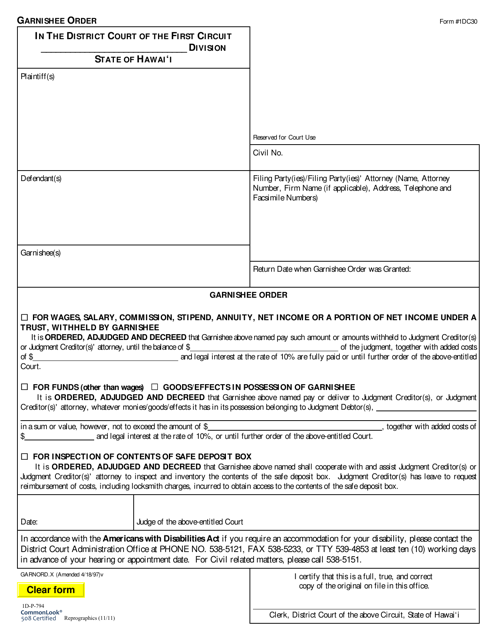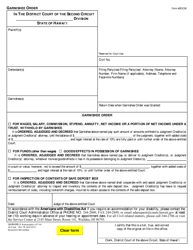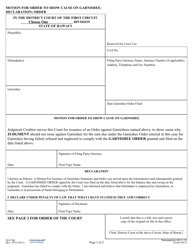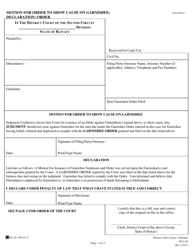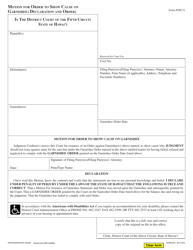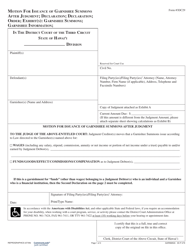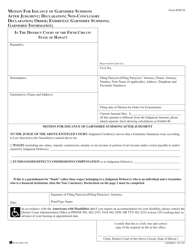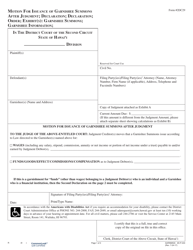Form 1DC30 Garnishee Order - Hawaii
What Is Form 1DC30?
This is a legal form that was released by the Hawaii District Courts - a government authority operating within Hawaii. As of today, no separate filing guidelines for the form are provided by the issuing department.
FAQ
Q: What is a Form 1DC30 Garnishee Order?
A: A Form 1DC30 Garnishee Order is a legal document issued by a court in Hawaii that allows a creditor to collect money owed by a debtor by garnishing the debtor's wages or bank accounts.
Q: Who can issue a Form 1DC30 Garnishee Order?
A: A court in Hawaii can issue a Form 1DC30 Garnishee Order.
Q: What is the purpose of a Form 1DC30 Garnishee Order?
A: The purpose of a Form 1DC30 Garnishee Order is to enable a creditor to collect money owed by a debtor by ordering a third party, such as an employer or bank, to withhold the debtor's wages or funds.
Q: How does a Form 1DC30 Garnishee Order work?
A: Once a Form 1DC30 Garnishee Order is issued, it is served to the garnishee (the third party holding the debtor's money). The garnishee is then required to withhold a portion of the debtor's wages or funds and pay it to the creditor until the debt is satisfied.
Q: Can any creditor use a Form 1DC30 Garnishee Order?
A: No, only creditors who have a valid judgment against a debtor can use a Form 1DC30 Garnishee Order.
Q: What are the rights of the debtor in a garnishment proceeding?
A: Debtors have the right to receive a notice of garnishment and an opportunity to challenge the garnishment in court. They may also have exemptions to protect certain income or assets from being garnished.
Q: Are there limitations to a Form 1DC30 Garnishee Order?
A: Yes, there are limitations on the amount of money that can be garnished from a debtor's wages or bank accounts, as well as certain exemptions that can protect certain income or assets from being garnished.
Form Details:
- Released on November 1, 2011;
- The latest edition provided by the Hawaii District Courts;
- Easy to use and ready to print;
- Quick to customize;
- Compatible with most PDF-viewing applications;
- Fill out the form in our online filing application.
Download a fillable version of Form 1DC30 by clicking the link below or browse more documents and templates provided by the Hawaii District Courts.
